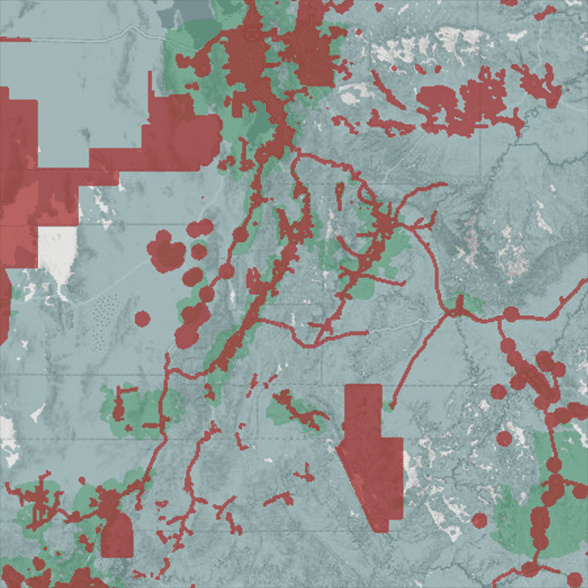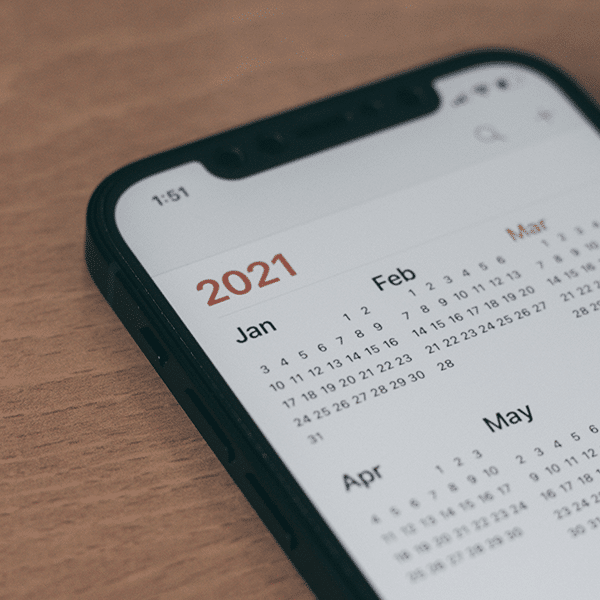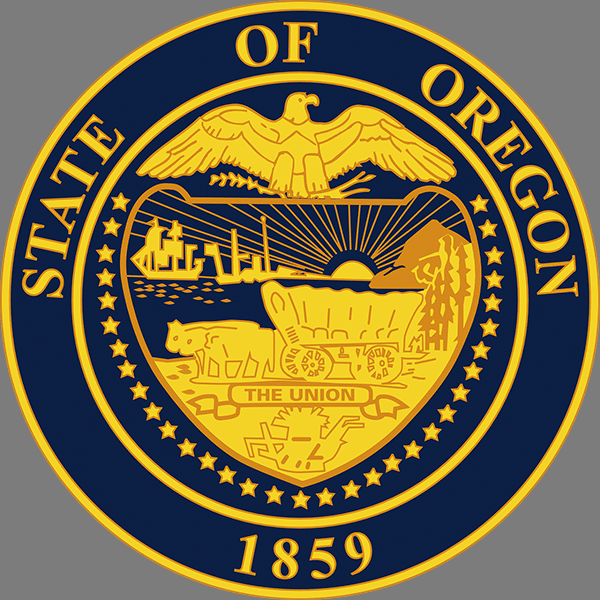At a time when state and federal governments are funding numerous broadband deployment projects, Utah’s long-lived broadband map has been a big asset.
Utah was more successful than any other state in challenging the locations database for the FCC broadband map and the map also helped with availability challenges, explained Rebecca Dilg, director of the Utah Broadband Center, in an interview with Telecompetitor.
The state is also well positioned to determine eligible locations for the upcoming Broadband Equity Access and Deployment (BEAD) program, Dilg noted.
With six employees, the Utah Broadband Center is not one of the largest state broadband offices. Nevertheless, in comparison with other states, “in some ways we’re ahead of the game—we already have our own map,” said Dilg.
Dilg shared the map’s history and the advantages it has provided the state. We also discussed the state’s broadband programs and plans.
Utah Broadband
Utah’s broadband map has a long history.
Utah was one of multiple states that used funding from the broadband stimulus programs created in the American Recovery and Reinvestment Act of 2009 to create a broadband map. The state also created a broadband office back at that time to administer federal funding that came in, and when that funding ran out, the state legislature continued to fund the program for a few years, but eventually closed the office down in 2018.
At that time, Dilg was working for the state in rural economic development, and when the first broadband office closed, she was asked to handle remaining responsibilities that the office handled, including maintaining the broadband map – or, more correctly, the broadband maps, as various overlays enable users to display various parameters, including provider, speed, and more.
“We never stopped keeping those up to date,” Dilg said. “They’re very accurate.”

When COVID hit, Dilg worked with the state board of education, the Utah Education and Health Network, the state library, and other stakeholders to put a plan together about “what needed to be done to get students connected and people in general” and about “setting up a broadband center again and setting up a grant program.”
The state broadband office was re-established, and the state undertook its first broadband grant program.
The grant program received funding through the U.S. Treasury Capital Projects Fund. The state was allocated $10 million for the program and funding went to five projects, although one awardee – an electric company—had to subsequently decline funding because of increased costs on the electric service portion of the company.
The state still has more money potentially coming from Treasury. As Dilg put it, “We’re still working with the U.S. Treasury to find appropriate eligible uses.”
Moving forward, the office will be responsible for administering $317 million in BEAD funding that has been allotted to the state.
Successful FCC Map Challenges
The FCC National Broadband Map is playing a key role in the BEAD program and was the basis for state funding allocations made yesterday. The current version of the map went through both a locations challenge process and an availability challenge process.
Utah was particularly successful in the locations challenge process by leveraging its own long-lived and well-maintained map.
The state enlisted individual counties to take primary responsibility for the challenges, Dilg explained. The state broadband office sent each county the FCC broadband serviceable location database for the county, which the county could compare with the Utah map data to check for discrepancies.
Seven of the state’s counties challenged the data, submitting a total of 112,000 location challenges. Of these, nearly 50,000 were accepted – a higher number than for any other state. About half of the 50,000 successful challenges were address corrections. The other half were for missing locations.
Not all missing locations were unserved. Nevertheless, adding more than 24,000 locations undoubtedly helped the state get as much BEAD funding as possible.
The availability challenge process was a different story. The Utah Broadband Center didn’t have the resources to file a bulk challenge. But the center reached out to every county, encouraging everyone in each county to file individual availability challenges.
Getting Set for BEAD
The office is now in the process of putting its initial BEAD proposal together, which must be approved by NTIA.
“We have to describe the grant program, how we will run the program and identify areas that need to be served,” Dilg said.
In addition, each state must do its own challenge process based on the FCC map, she said.
In preparation for that, the state of Utah has been doing speed tests for over a year. Although speed testing could not be used in challenging availability data for the FCC map, NTIA is allowing and indeed encouraging states to consider speed testing as part of their map challenge processes.
The state also plans to purchase third-party speed test data “so we can refine all of this,” Dilg said. “We will have very granular data.”
Dilg is hopeful that the BEAD funding, in combination with required provider matching funds, will be sufficient to make broadband available to all eligible locations in the state.
She recently hired a broadband expert who has “experience in the broadband world” and who “understand the technology and costs associated with it.”
In addition, she said the state has very good relations with broadband providers in the state and she is confident that they have a firm understanding of deployment costs.
“Each of the states are finding experts to help them with this,” she said.
Dilg is in touch with other state broadband directors and finds it useful to share ideas with them. She adds, though, that “Every state is really different.”
That’s a view that drove policymakers’ decision to have individual states administer the BEAD program – a departure from traditional federally-controlled broadband programs. In that regard, it’s a grand experiment, and one that seems to be working well, based on what we’re hearing from people like Dilg.



